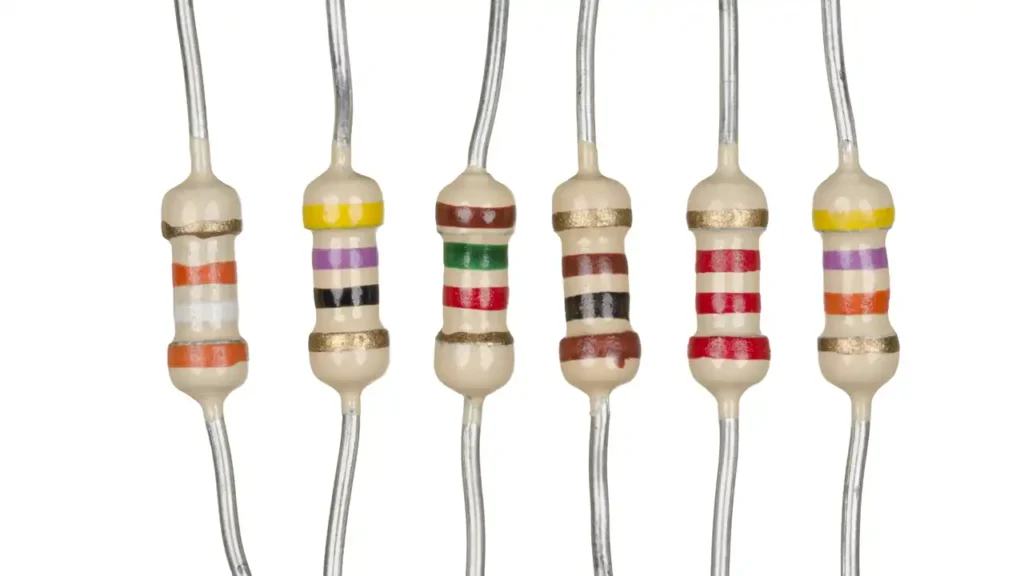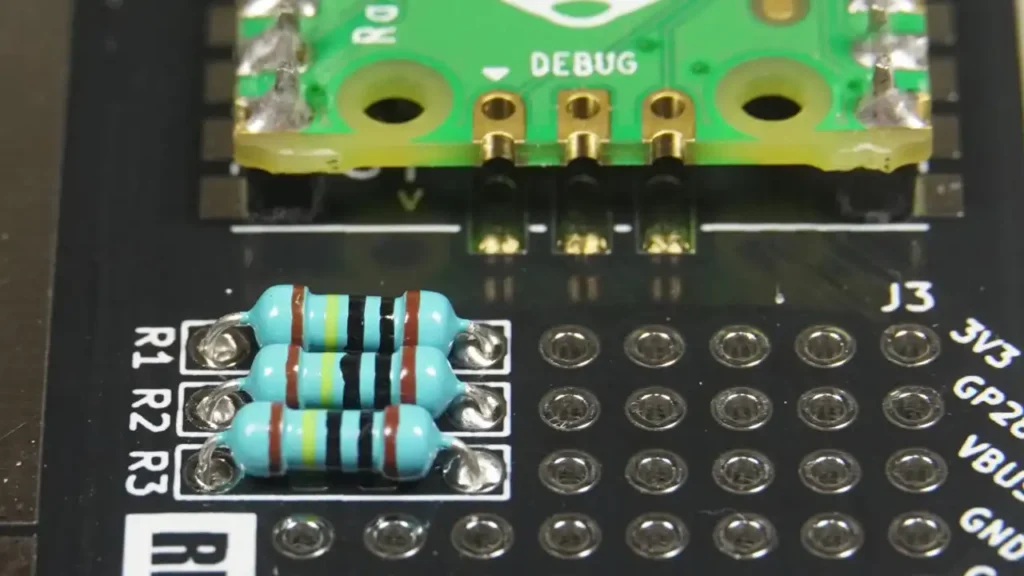Through-hole resistors are a fundamental component in electronic circuits, offering reliable resistance and versatility in various applications. Understanding the different resistor packages is essential for selecting the right component for your specific needs.
In this blog post, we will explore the common through-hole resistor packages, their characteristics, and applications. By the end, you will have a solid grasp of the various options available and be able to make informed decisions for your electronic projects.
What Is Through Hole Resistor?

A through-hole resistor is a type of electronic component used to introduce resistance into an electrical circuit. It is characterized by its cylindrical shape and lead wires that are inserted through holes in a printed circuit board (PCB). This mounting method, known as through-hole technology (THT), has been a standard practice in electronics for decades.
Through-hole resistors are commonly used in various electronic applications, including:
- Voltage dividers: To divide a voltage into smaller, proportional voltages.
- Current limiting: To restrict the flow of current in a circuit.
- Pulse shaping: To modify the shape of electrical pulses.
- Filters: To remove unwanted frequencies from a signal.
- Bias networks: To set the operating point of transistors and other active components.
They are available in different types, such as carbon resistors, metal film resistors, and wire-wound resistors, each with its own unique characteristics and applications.
What is the Material Composition of a Resistor?
Resistors are typically made of a combination of conductive and insulating materials. The conductive material provides the electrical resistance, while the insulating material prevents the current from flowing through unwanted paths.
Here are some common materials used in resistor construction:
Conductive Materials:
- Carbon: Used in carbon resistors, offering a wide range of resistance values and low cost.
- Metal film: Provides better precision, stability, and temperature coefficient than carbon resistors. Common metal film materials include nickel chromium (NiCr), tantalum nitride (TaN), and ruthenium oxide (RuO2).
- Wire-wound: Used for high-power applications, consisting of a wire wound around a ceramic core. Common wire materials include nickel chromium (NiCr) and nichrome.
Insulating Materials:
- Ceramic: Used as a substrate for metal film resistors and as a core for wire-wound resistors.
- Phenolic: A common insulating material used in carbon resistors.
- Epoxy: Used to encapsulate and protect resistors.
The specific material composition of a resistor can vary depending on its type, resistance value, power rating, and other factors. However, the combination of conductive and insulating materials is essential for achieving the desired resistance properties.
What Are Through Hole Resistor Packages?

Through-hole resistors are a common type of electronic component used to introduce resistance into electrical circuits. They are characterized by their cylindrical shape and lead wires that are inserted through holes in a printed circuit board (PCB).
The package of a resistor refers to its physical configuration, including the shape, size, and lead style. Different resistor packages are designed to meet specific requirements in terms of power dissipation, mounting options, and compatibility with various circuit boards.
Common Through-Hole Resistor Packages:
Axial Lead Packages:
Description: The leads are oriented axially (parallel to the resistor’s body).
Common types:
- Round body
- Rectangular body
- Box-style
Applications: General-purpose applications, suitable for both low- and high-power resistors.
Radial Lead Packages:
Description: The leads are oriented radially (perpendicular to the resistor’s body).
Common types:
- Round body
- Flat body
Applications: Often used for higher power resistors due to their ability to dissipate heat more effectively.
Surface-Mount Resistors (SMD):
Description: Although not strictly through-hole, SMD resistors are sometimes included in this category due to their compatibility with through-hole mounting.
Common types:
- Chip resistors
- MELF (Metal Electrode Leadless Face) resistors
Applications: Widely used in modern electronic devices, offering smaller size and higher density.
How to Choose Through Hole Resistor Packages?
When selecting a through-hole resistor package, several factors should be considered to ensure optimal performance and compatibility with your electronic design:
1. Power Dissipation:
- Higher power resistors: Require larger packages to dissipate heat effectively. Radial lead packages are often preferred for high-power applications.
- Lower power resistors: Smaller axial lead packages are suitable for most general-purpose applications.
2. Mounting Orientation:
- PCB layout: Consider the orientation of the leads and the overall PCB layout to ensure proper placement and routing.
- Component density: Smaller packages can help reduce board space and improve component density.
3. Size and Density:
- Space constraints: If board space is limited, smaller packages like SMD resistors (although not strictly through-hole) can be considered.
- Component density: Higher component density can be achieved with smaller packages.
4. Lead Style:
- Soldering process: Axial lead packages are generally easier to solder due to their straight leads.
- Component placement: Radial lead packages may offer more flexibility in component placement.
5. Cost:
- Budget: Consider the cost of the resistor package, which can vary depending on the material, manufacturing process, and quantity.
Additional Considerations:
- Environmental factors: If the circuit will be exposed to harsh conditions, choose a package that is resistant to moisture, temperature extremes, or other environmental factors.
- Reliability: Consider the reliability of the resistor package, especially for critical applications.
- Availability: Ensure that the desired package is readily available from your suppliers.
By carefully evaluating these factors, you can select the most appropriate through-hole resistor package for your specific electronic design.
Would you like more information on specific resistor packages or their applications?
Conclusion:
Through-hole resistor packages play a crucial role in electronic design, providing a reliable and efficient method for incorporating these components into circuits. Understanding the different package types and their characteristics is essential for selecting the most suitable option for your specific needs.
By considering factors such as size, power dissipation, and mounting requirements, you can choose the appropriate through-hole resistor package to ensure optimal performance and reliability in your electronic designs.
Need high-quality through-hole resistors in a variety of packages? Look no further!We offer a wide selection of top-tier resistors, including:
- Axial lead packages
- Radial lead packages
- Surface-mount packages (SMD)
Our resistors are sourced from trusted manufacturers, ensuring reliability and performance. Whether you’re working on a hobby project, building a prototype, or mass-producing electronic devices, we have the components you need.
Contact us today to discuss your requirements and get started on your next project.